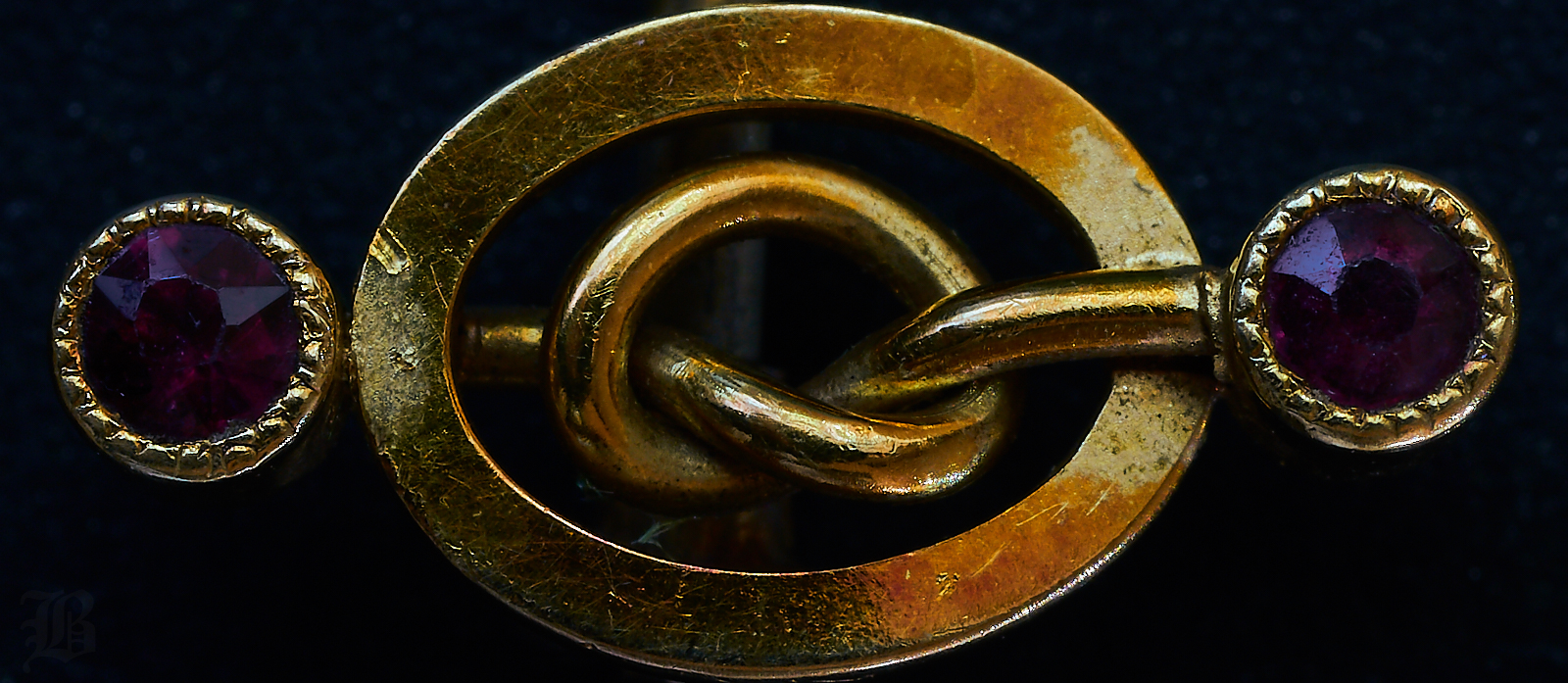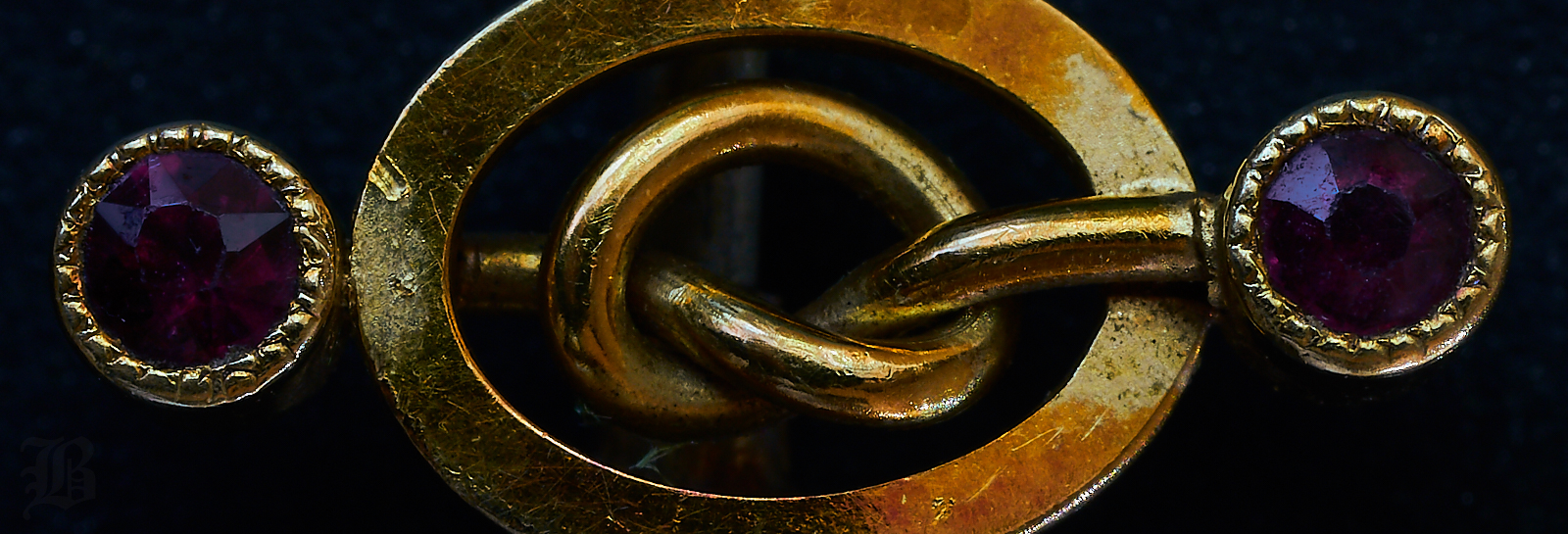Results 1 to 20 of 31
-
1st April 2018, 10:41 AM #1

- Join Date
- Oct 2013
- Location
- Philippines
- Posts
- 12,181
- Real Name
- Brian
Macro Studio: a bold and possibly beautiful shot of the top of a tie pin
-
1st April 2018, 11:02 AM #2
Re: Macro Studio: a bold and possibly beautiful shot of the top of a tie pin
Nicely captured.
-
1st April 2018, 11:44 AM #3
Re: Macro Studio: a bold and possibly beautiful shot of the top of a tie pin
My first impression is that the shot looks cramped and adding some negative space would improve this image.
-
1st April 2018, 11:59 AM #4

- Join Date
- Oct 2013
- Location
- Philippines
- Posts
- 12,181
- Real Name
- Brian
-
1st April 2018, 12:05 PM #5

- Join Date
- Oct 2013
- Location
- Philippines
- Posts
- 12,181
- Real Name
- Brian
Re: Macro Studio: a bold and possibly beautiful shot of the top of a tie pin
Did you know that Pride and Prejudice was originally entitled First Impressions? One of the main plot lines is that First Impressions are rarely accurate.
I find my eyes drawn inward and then even more inward. Perhaps because of this I don't see it as cramped at all. Which is not to say that it isn't tightly cropped.
I certainly could have moved back. But then I would have had to move off of 1x1 mag and I wanted to stay with macro. Simply a question of going with the game plan.
-
1st April 2018, 12:13 PM #6
Re: Macro Studio: a bold and possibly beautiful shot of the top of a tie pin
Love the colours Brian.
Framing is OK as is but I do think just a tad more space top and bottom would not go amiss.
-
1st April 2018, 12:21 PM #7
Re: Macro Studio: a bold and possibly beautiful shot of the top of a tie pin
First impressions are important and are generally quite accurate in terms of how we will think about an image, especially if there is an experienced and trained observer involved.
Deciding to shoot at a 1:1 ratio should be an outcome when you analyze a scene, not a going in position.
-
1st April 2018, 12:41 PM #8

- Join Date
- Oct 2013
- Location
- Philippines
- Posts
- 12,181
- Real Name
- Brian
-
1st April 2018, 12:42 PM #9

- Join Date
- Oct 2013
- Location
- Philippines
- Posts
- 12,181
- Real Name
- Brian
-
1st April 2018, 12:43 PM #10
Re: Macro Studio: a bold and possibly beautiful shot of the top of a tie pin
Very interesting textures.
I agree that it would be better with more space.
-
1st April 2018, 12:48 PM #11
Re: Macro Studio: a bold and possibly beautiful shot of the top of a tie pin
Brian,
If you wanted to modify the current image you could use the add canvas size function.
-
1st April 2018, 01:02 PM #12
Re: Macro Studio: a bold and possibly beautiful shot of the top of a tie pin
In a typical photo competition, including salon events, a judge typically takes less than 15 seconds to evaluate, determine a score and record that data for an image. If this is not based on a first impression, I would have trouble finding something that is. This is also very true when I write an evaluation here at CiC or on another website. I can typically see what works and does not work; this includes technical, organizational and emotional components of the image.
I definitely understand that 1:1 is typically used to define a macro shot, but what I am questioning is the way the image is organized. A photographer should look at how the image is working from a compositional / space standpoint and adjust it so the image works, not the other way around. The composition of the image should always be a more important consideration than what you have used here.
-
1st April 2018, 01:11 PM #13

- Join Date
- Oct 2013
- Location
- Philippines
- Posts
- 12,181
- Real Name
- Brian
-
1st April 2018, 01:20 PM #14

- Join Date
- Oct 2013
- Location
- Philippines
- Posts
- 12,181
- Real Name
- Brian
Re: Macro Studio: a bold and possibly beautiful shot of the top of a tie pin
I am a photographer and I don't work your way. To work in macro is to work to a discipline. To improve in the discipline I need to work within the discipline.
If you can see what works and does not work in less than fifteen seconds plus critique technical, organizational, and the emotional component of a shot I salute you. Accepted standard or not I think it is a ridiculous technique. Like speed dating versus courting.
-
1st April 2018, 08:13 PM #15
Re: Macro Studio: a bold and possibly beautiful shot of the top of a tie pin
Brian,I am a photographer and I don't work your way. To work in macro is to work to a discipline. To improve in the discipline I need to work within the discipline.
I think you are needlessly constraining yourself. When I was learning macro, I followed a number of true masters of the craft. I read their tutorials, read their posts, looked at their images, and posted my for criticism. I don't think I ever heard any of them say "I needed to frame it that way to achieve a specific magnification ratio."
The craft of macro is creating interesting and beautiful images of little things. It is certainly true that the higher the magnification, the more difficult it becomes, and some techniques don't work at some magnifications. For example, the stacking method I use wouldn't work with a specialty lens like the ME-E 65 or the new Laowa 25mm because they can only be focused by moving the camera. However, the craft needed to take a good photo at 1:1 is not appreciably different from that at 1:1.3 or at 1.3:1.
Also, keep in mind that if you are not displaying at the size of the sensor, you aren't displaying at 1:1 anyway.
I honestly would not be able to tell you the magnification of most of the many macro images I have taken. I can often tell you the maximum it could be. For example, I most often hunt bugs with the combination of a 100mm macro lens and a 36mm tube, and that determines the maximum magnification I can get (I think about 1.5:1, but I would have to check the effective FL and so some math to know for certain). However, if I am not as close as possible--which I usually am not--the magnification is lower. Who cares? I just want the magnification to be enough to get me the image I want.
Dan
-
1st April 2018, 10:37 PM #16
Re: Macro Studio: a bold and possibly beautiful shot of the top of a tie pin
Completely agree on the "craft".
Curious about the comment on stacking not working "because of the need to move the camera". In a recent Project 52 post, Rudi described his method for in the wild macros, namely changing the focus point by moving the camera! (2018 Project 52, 1st quarter by Rudi Post #. I was looking forward to trying it once it gets warm enough for the various little things to be out and about. Is this a feature specific to Zerene or the named lenses?
-
1st April 2018, 11:15 PM #17
Re: Macro Studio: a bold and possibly beautiful shot of the top of a tie pin
sorry, I wasn't being clear.
The two lenses I mentioned are high-magnification specialty macro lenses that go up to a magnification of 5:1. They have no focusing rings. Instead, they have rings that adjust the magnification. The ONLY way to focus is to move the camera. In contrast, 'normal' macro lenses, like my EF 100mm L and EF-S 60mm, have a regular focusing ring.
If you have a lens that focuses, it makes no difference whether you create a stack by moving the camera or by changing focus with the lens barrel. At high enough magnification, it may be hard to rotate the lens barrel accurately enough, but at 1:1 or even 2:1, rotating the barrel is fine. Re software: makes no difference. Zerene will handle it fine regardless.
I stack a lot, but I have almost always created the stack by changing the focus using the lens barrel. I've become adept at it and don't really have to think much about it. This simply won't work when I get one of those other two lenses, which I expect I will. That's what I meant by craft. What I have learned to do well won't work, and I will have to learn to control focus with my rail. (I'll have to figure out how much of a rotation of the adjustment screw corresponds to a the largest acceptable change in focus.)
-
2nd April 2018, 12:40 AM #18

- Join Date
- Oct 2013
- Location
- Philippines
- Posts
- 12,181
- Real Name
- Brian
Re: Macro Studio: a bold and possibly beautiful shot of the top of a tie pin
Dan, Please excuse any abruptness or snarks in this answer but M'Lady left on a road trip last night and I'm cranky

I agree with what you say until the word 'needlessly' comes into it. For me, myself and I the only way to develop a skill set is to practice the craft within the boundaries of the skill set. Shooting skyscrapers or nudes will certainly not help me to shoot macro.
As an example: I have gotten pretty good at shooting Robber Flies. The reason is simple. I have taken a lot of Robber Fly shots and each one has taught me a little bit more about shooting Robber flies.
A couple of days ago I started working on the tie clip. The first series did not make it to the web. This is series number two and it did make it to the web.
The bg is good, the focus works, textures are interesting, and there's some nice colors. Most people agree the crop is too tight.
Maybe yes it is, maybe no it isn't.
But the challenge is for me to (within the boundaries of macro) create a pleasing crop while maintaining the integrity of my vision.
All of which goes to the point that I am not needlessly
restricting myself. I'm restricting myself to build up a skill set. Once it is developed then I can loosen the restrictions.
Hope that makes sense?
-
2nd April 2018, 01:44 AM #19

- Join Date
- Oct 2013
- Location
- Philippines
- Posts
- 12,181
- Real Name
- Brian
-
2nd April 2018, 02:03 AM #20

- Join Date
- Oct 2013
- Location
- Philippines
- Posts
- 12,181
- Real Name
- Brian

 Helpful Posts:
Helpful Posts: 

 Reply With Quote
Reply With Quote



